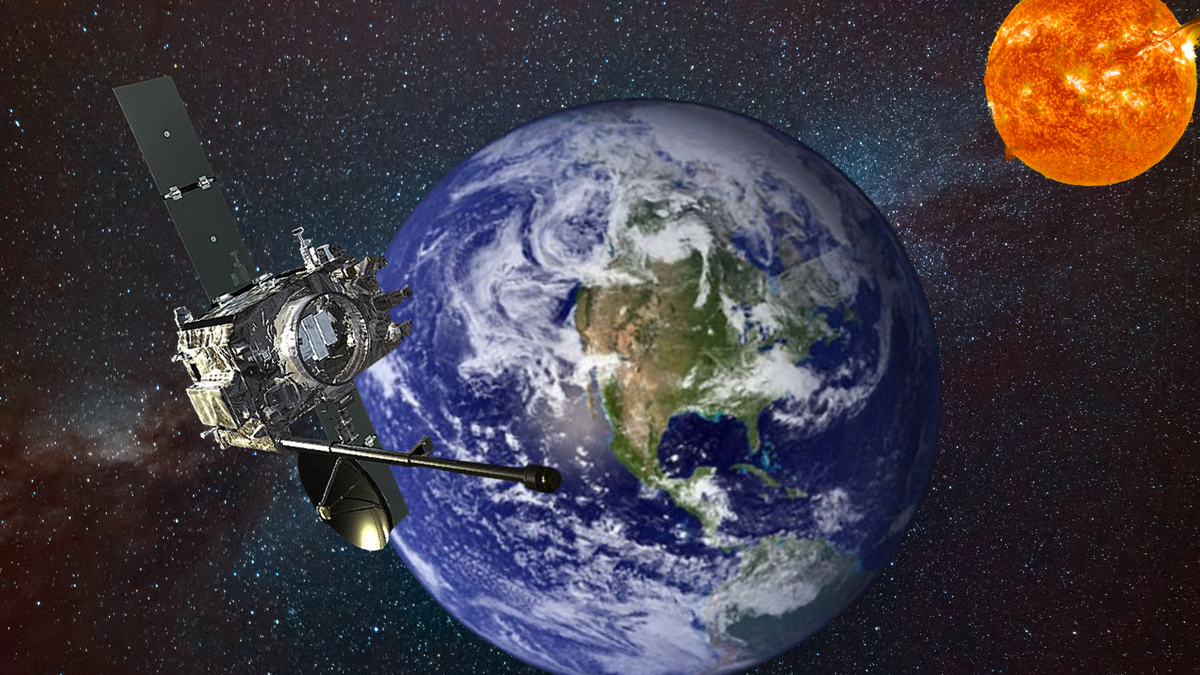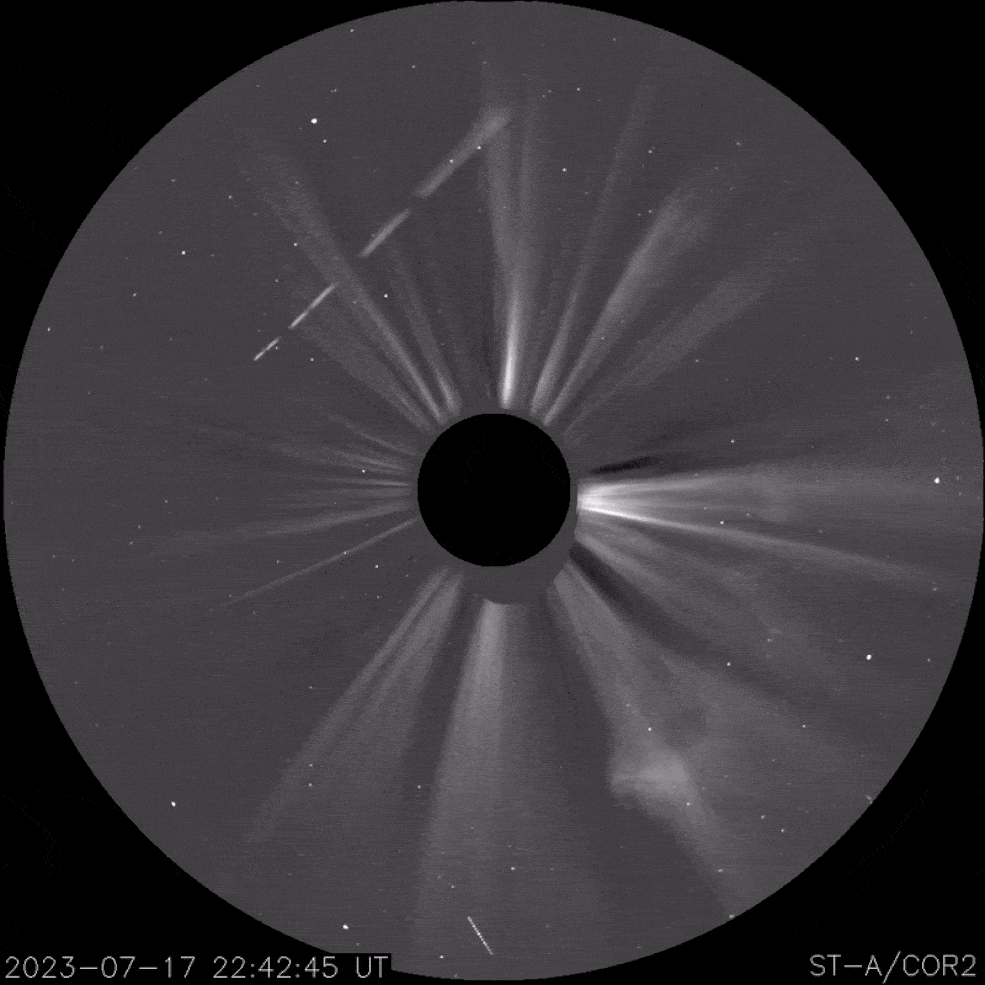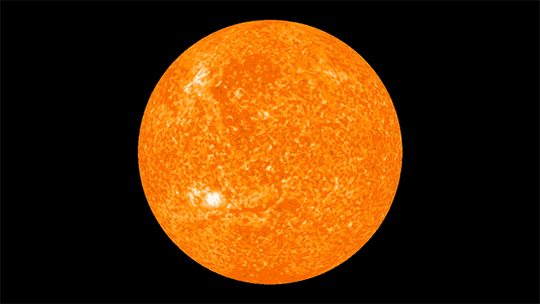A pioneering NASA spacecraft will return to Earth on Saturday (August 12) after 17 years away from home.
Half of the agency’s STEREO (Solar Terrestrial Relations Observatory) mission STEREO-A will fly close to our planet for the first time since its launch on October 25, 2006 from Cape Canaveral Air Force Station in Florida. STEREO-A will pass between The earth and the sun this weekend.
STEREO-A is the main component of a dual-spacecraft mission, which also includes the STEREO-B spacecraft. This was the first mission to capture a multiple perspective or “stereoscopic” view of the Sun. The STEREO mission also made history in February 2011, when the two spacecraft achieved a 180-degree separation in their orbits and took positions on opposite sides of the sun and gives humanity its first glimpse of our star as a complete sphere. Like their titles, STEREO-A’s “A” stands for “ahead” and STEREO-B’s “B” stands for “behind”.
“Before that, we were ‘tethered’ to the Sun-Earth line – we only saw one side of the Sun at a time,” says STEREO program scientist Lika Guhathakurta, said in a statement. “STEREO broke that shackle and gave us a picture of the sun as a three-dimensional object.”
The STEREO mission had achieved a number of other scientific feats since leaving Earth 17 years ago, and both spacecraft provided views of space until STEREO-B lost contact with mission control in 2014 after a planned reset (B’s mission officially finished year 2018). However, STEREO-A has remained in contact with Earth since the loss of its compatriot, and this brief homecoming will not see it rest on its laurels.
Instead, the spacecraft will partner with some newer NASA missions during its visit.
By synthesizing its view of the Sun with the Solar and Heliospheric Observatory (SOHO) and NASA’s Solar Dynamics Observatory (SDO), STEREO-A will once again provide a stereoscopic 3D image of our host star, just as it used to with STEREO- B . The fact that STEREO-A will change its distance from Earth during its visit also means that it will be able to offer views of solar cells of different sizes. This would be much like changing the focus of a telescope with a million wide field of view.
It should enable scientists to make important solar measurements, identify active regions in the sun, and even get 3D information about complex magnetic structures that lie behind sunspots. These structures are usually not available for study with 2D images.
Furthermore, this visit by STEREO-A may help solar physicists decode some long-standing mysteries regarding the Sun. “There is a new idea that coronal loops may just be optical illusions,” said STEREO project scientist Terry Kucera.
This means that some researchers have suggested our limited viewing angles of massive plasma ribbons emanating from the Sun make them appear to have shapes they may not really have. “If you look at them from multiple angles, it should become more obvious,” Kucera added.
Star I used to know…
STEREO-A will not only collect visual data as it flies past Earth over the weekend. The spacecraft will also sense eruptions from our star, known as coronal mass ejections (CMEs).
When blasted into space, these massive plumes of charged particles can disrupt satellites orbiting Earth, disrupt radio signals across the planet, and even damage power infrastructure. The impact of CMEs, in terms of whether they cause damage or disruption when they reach Earth, is dictated by the magnetic fields carried with them. These fields can change dramatically as the charged particles cross the 93 million miles (150 million kilometers) of space between the Sun and Earth.
Scientists can build models of CMEs and their magnetic fields, but these models are limited when observations come from a single spacecraft.
“It’s like the parable of the blind men and the elephant – the one who feels the legs says ‘it’s like a tree trunk,’ and the one who feels the tail says ‘it’s like a snake,'” says the professor at the University of New Hampshire. principal investigator of a of STEREO-A’s instrument, Toni Galvin, said. “That’s what we’re stuck with right now with CMEs, because we usually only have one or two spacecraft next to each other measuring it.”
In the months leading up to its flyby, STEREO-A has been collecting data on Earth-directed CMEs — and it will continue to do so for months after it leaves our planet’s vicinity again. As it has done this, so have other near-Earth spacecraft. Together, these datasets should give solar researchers different views of the same CME, revealing the ejecta’s magnetic interior.
It won’t all be familiar territory when STEREO-A returns to Earth.
The last time the NASA spacecraft was this close to our planet, in 2006, the Sun was in a phase known as “solar minimum.” This means it was in a relatively quiet phase, with little activity and few sunspots.
However, the sun that STEREO-A will see this weekend is approaching a period of solar maximum in its roughly 11-year cycle, which should peak in 2025.
“The Sun was so quiet at that point! I looked back at the data and I said, ‘Oh yeah, I recognize that active region’ — there was one, and we studied it,” Kucera said, “OK, it wasn’t really bad – but it was close.”
That means STEREO-A will experience a “fundamentally different” star than it did about 17 years ago. “There is so much knowledge to be gained from it,” Guhathakurta concluded.



